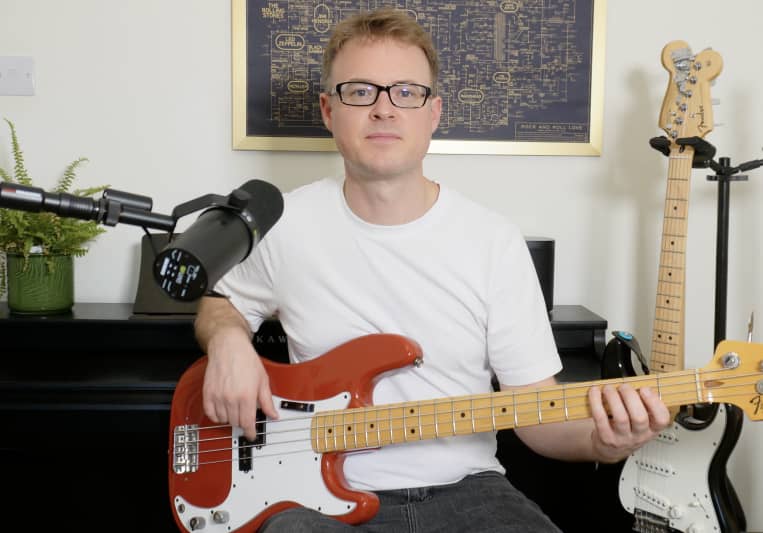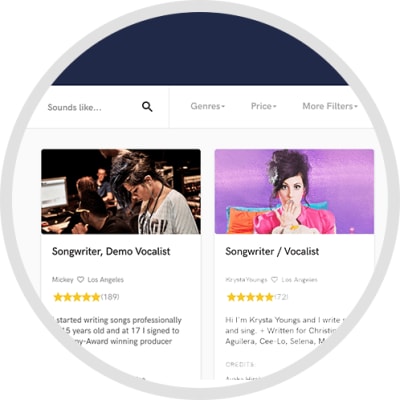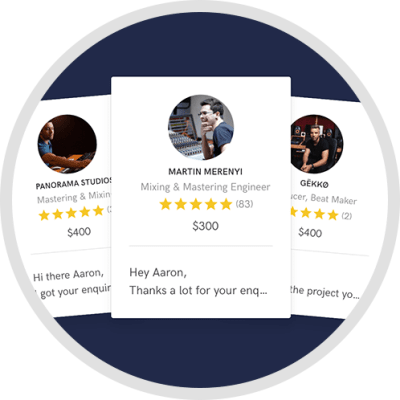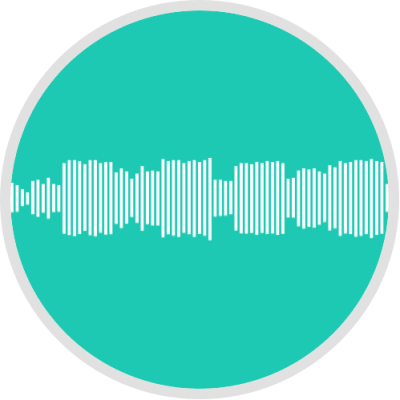
Hi, I’m Sim a professional session bassist with over 15 years of experience recording and performing across the UK and internationally. I’ve laid down bass for projects featured on BBC TV & Radio, at festivals like O2 Wireless, and for countless artists in the studio and on stage.
My goal is to create bass parts that serve the song whether that's a Motown style groove, Country, Americana, Pop, Funk, Rock and many other styles.
What I offer?
Bass lines created for your track or a recreation of your existing part
Variety of basses: Fender Precision, 1977 Music Man StingRay, Fender Jazz (fretted & fretless), 5 string Music Man Stingray
Pro Amp & DI stems (Ampeg B15, SVT Suite, etc. plugins) recorded via Focusrite interface into Pro Tools
2 WAV stems (DI + amped) + MP3 mix of the bass with your song
Quick turnaround (message me to check availability if you need your track turned round very quickly), all standard audio formats supported
Skilled at playing by ear & sight reading
Why Me?
Versatile across many genres
Gear is professionally maintained for top recording quality
I also play guitar, piano, and drums giving me a broad arrangement perspective
Lets take your music to the next level!
Drop me a message me to discuss your project and check availability.
Thanks, Sim
Send me an email through 'Contact' button above and I'll get back to you asap.
Languages
- English
Interview with Simeon Hassall
Q: What's your typical work process?
A: Typically, I get a piece of recorded music and spend time listening to it and work out a part by ear. I'm equally comfortable if someone wants me to play a specific line or part and has something transcribed out. Once I have a part, I will share what I'm planning to do with the client, I might send a short sample but typically I'll do a take and send a mix of the track (the client's song with the bass part I created) back to the client to get their feedback and agree the part.
Q: What other musicians or music production professionals inspire you?
A: When it comes to bass players there are so many but the ones that really stick out for me are Leland Sklar, for his whole approach to working with artists and creating music, Yolanda Charles is really inspirational for how she's branched out and created her own band around her bass playing. Shaun Hurley for just nailing a classic bass sound on all the records he plays on, of course Pino Palladino - it's mainly bass players who always just find the perfect bass line to complement the song.
Q: How would you describe your style?
A: Very versatile, I've studied lots of different players and having spent many years playing in function bands it exposed me to a wide variety of different playing styles which inevitably seeps into your own style which is kind of a morph of your own uniqueness with all of these other approaches coming through. Typically though it's keeping a bass line as simple as possible and focussing on the tone and clarity of each note.
Q: What was your career path? How long have you been doing this?
A: I started playing at 15, then studied music from 1998 to 2001 and immediately following that I went straight into recording and playing in function bands. I then setup a private teaching business before starting to work as a session player with singer songwriters which is where I gained my studio experience.
Q: Can you share one music production tip?
A: For bass players, it's so important not to have unwanted string noise such as a string other than the one you're playing ringing through when you're recording. Focus on your right and left hand muting to avoid this. Rick Beato has a great video on this.
Q: What type of music do you usually work on?
A: Singer songwriter stuff so usually Americana, country, folk, pop rock, indie.
Q: What's your strongest skill?
A: I have a good ear and can work out a part quickly.
Q: If you were on a desert island and could take just 5 pieces of gear, what would they be?
A: 1977 StingRay bass, Focusrite interface, laptop, headphones and a cable!
Q: What do you bring to a song?
A: I really try to lift a song to the next level with a great bass part and tone that supports the essence of what the artist has created. If I think I can contribute beyond a bass line, for example an arrangement or new part then I will suggest it but take no offence if it's not used! Ultimately, I want to create a great line that moves people to really connect with a song or, just dance to it!
Q: Tell us about your studio setup.
A: It's really simple. I plug my basses straight into my Focusrite Scarlett interface which goes straight into my laptop tracking into Protools. It's a very similar setup to what session legend Leland Sklar, and I figure if that's good enough for him it's certainly good enough for me! It keeps things really simple, I prefer to focus on a great bass part and not having too many devices between my fingers (the instrument) and the recorded part.
Q: Describe the most common type of work you do for your clients.
A: Creating a great bass part from scratch that complements the song.

I was the Bass player in this production
- Bass ElectricAverage price - $70 per song
- Bass FretlessAverage price - $100 per song
I'll send 2 x bass stems, 1 x DI and 1 x Amp. Please allow up to 5 days turnaround and I can do up to 2 revisions.
- Aretha Franklin
- Emmylou Harris
- Creedence Clearwater Revival
- 1977 MusicMan Stingray
- 5-string MusicMan Stingray
- Fender Jazz
- Fender Jazz fretless
- Focusrite Scarlett 414
- Markbass cmd 102p
- 2011 USA Fender Stratocaster
- Orange Tiny Terror
- Kawai CN29 digital piano
- Protools with Ampeg SVT Suite plugin



